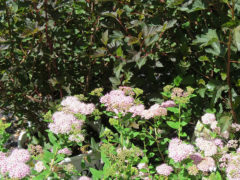
‘Little Princess’ spirea
Spiraea japonica 'Little Princess'
Dainty clusters of rose-pink blooms on low-growing, mint green foliage. Naturally develops a tidy, compact, … Continued
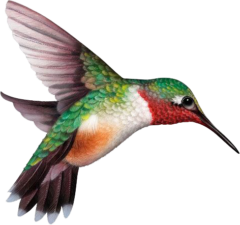 Hummingbirds, bees and butterflies are well-known pollinators, but there are thousands of unsung pollinator heroes, including moths, wasps, flies, and beetles, many mammals, birds, and reptiles, who also take on the job.
Hummingbirds, bees and butterflies are well-known pollinators, but there are thousands of unsung pollinator heroes, including moths, wasps, flies, and beetles, many mammals, birds, and reptiles, who also take on the job.
Pollinators move from plant to plant, fueling up with pollen and nectar from blooming trees, shrubs, perennials, annuals, vegetable plants, and herbs. As they move, the pollinators transport and deposit pollen, fertilizing plants and allowing them to reproduce.
Pollinator plants can be native and non-native, but not all flowering plants are equal when it comes to providing the highest quality protein-rich pollen. Many hybrids don’t even produce pollen at all. The following list includes pollen-rich plants to include in your garden to provide pollinators with food.
Local butterfly expert Lenora Larson has created these informational handouts. You can download them here!
• Butterflies: Flying Flowers in your Garden!
• A Vital Connection: Native Plants and Butterflies
• Long Lips Farm Caterpillar Foodplants
• Butterfly Bartending: Nectar Flowers
• Long Lips Farm: Selected Butterfly Nectar Flowers
• Bee Friendly: Plants for Bees and Other Pollinators
Since 1970 the population of North American birds has dropped nearly 30% — almost three billion birds have vanished from our forests, grasslands, and backyards in less than a human lifetime. It’s a chilling fact that makes it clear that we must act as individuals to help ensure their survival.
Most importantly, ninety-six percent of all terrestrial bird species rear their young on insects so it is also important to grow plants that feed insects to provide a well-rounded habitat in your garden.
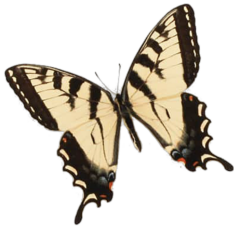

Spiraea japonica 'Little Princess'
Dainty clusters of rose-pink blooms on low-growing, mint green foliage. Naturally develops a tidy, compact, … Continued
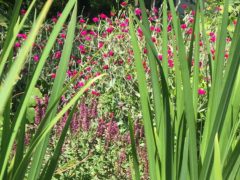
Stachys officinalis ‘Cotton Candy’
Selected for continuous bloom, deep green foliage, and compact habit, ‘Pink Cotton Candy’ sports two-toned … Continued
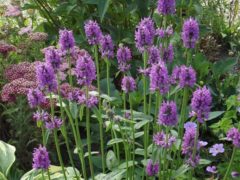
Stachys monnieri 'Hummelo'
Perennial Plant Association 2019 Perennial Plant of the Year! Compact clumps of distinctive, heavily textured, … Continued
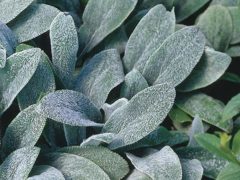
Stachys byzantina
Soft, thick, woolly silver foliage stays low to the ground. 12-15″ flower stalks emerge in … Continued
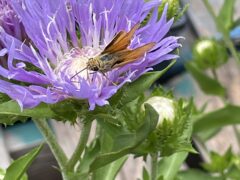
Stokesia laevis 'Mel's Blue’
Native to wetlands, bottomlands, savannas, and ditches along the coastal plain from North Carolina to … Continued
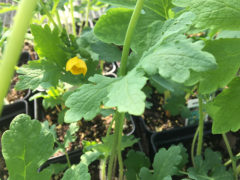
Stylophorum diphyllum
This woodland wildflower occurs most often in moist woodlands and along streams and features 4-petaled, … Continued
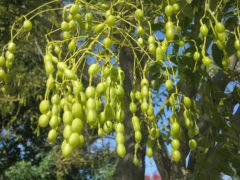
Styphnolobium japonicum
A revered tree in the Far East, planted for their beautiful fragrant flowers and delicate … Continued
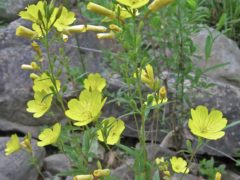
Oenothera fruticosa
Sundrops prefer moderately fertile, dry, well-drained soil in full sun to very light shade. Good … Continued
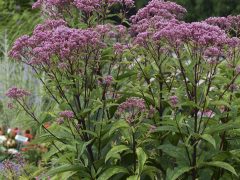
Eutrochium {Eupatorium} purpureum
Shade tolerant and showy, this easy-to-grow native stays in place in the garden and invites … Continued
Symphoricarpos x doorenbosii 'Magic Berry'
Light pink blooms in summer followed by large, pink fruit on arching stems with dark … Continued
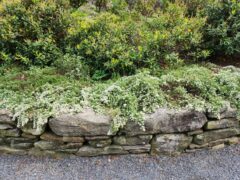
Symphyotrichum ericoides 'Snow Flurry'
The ‘Snow Flurry’ selection has a compact spreading habit and forms a ground cover with … Continued
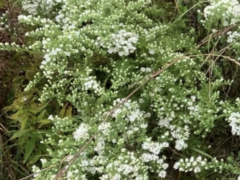
Symphyotrichum ericoides
Wiry, branching stems are covered in small glossy green, needle-like leaves and a snowstorm of … Continued